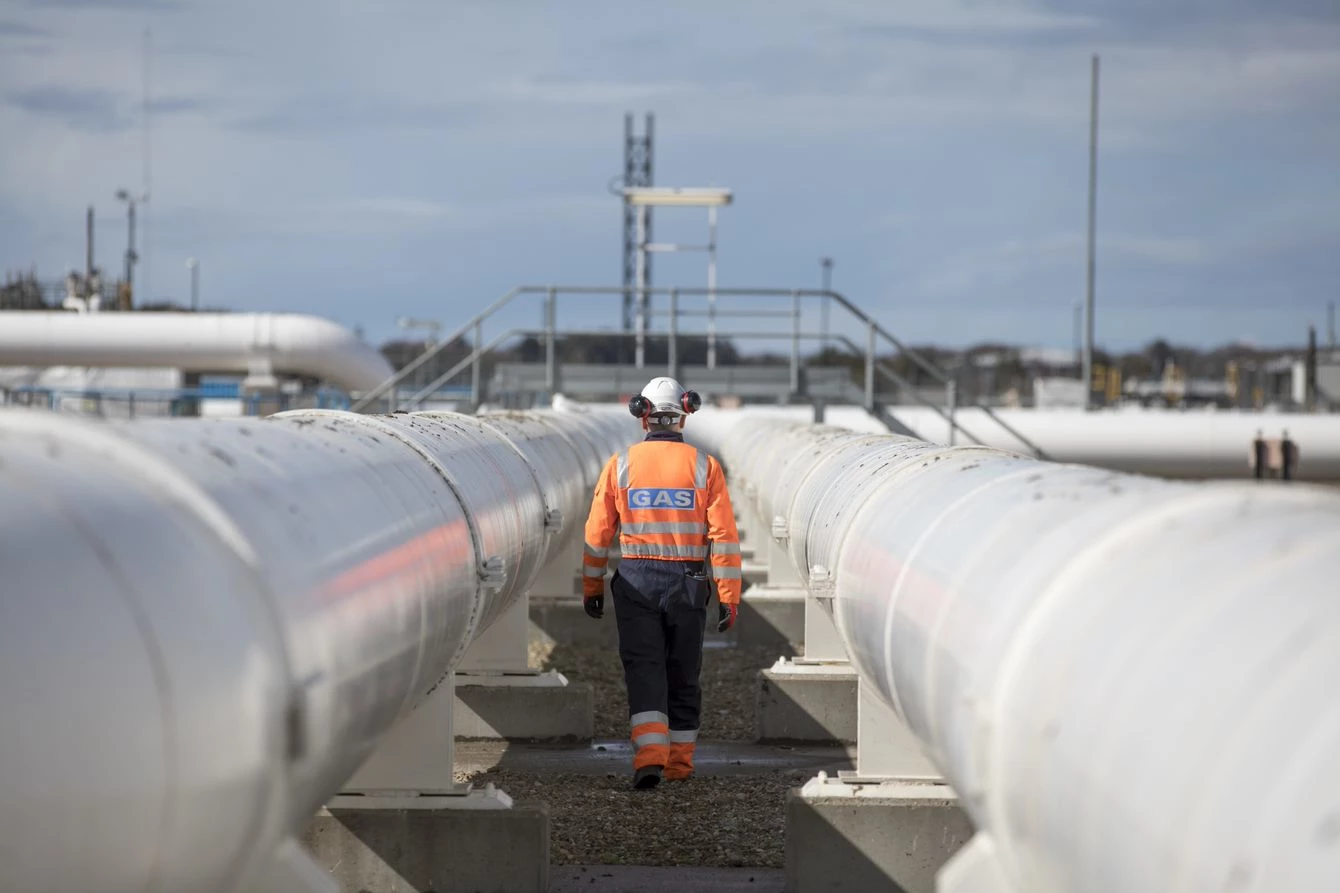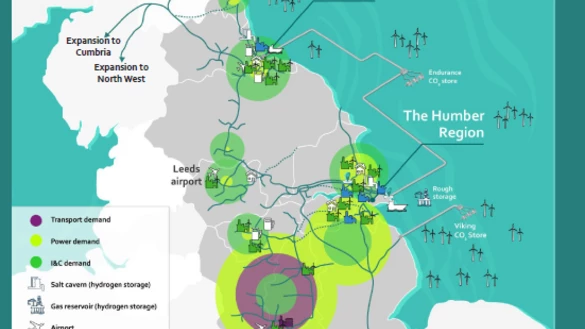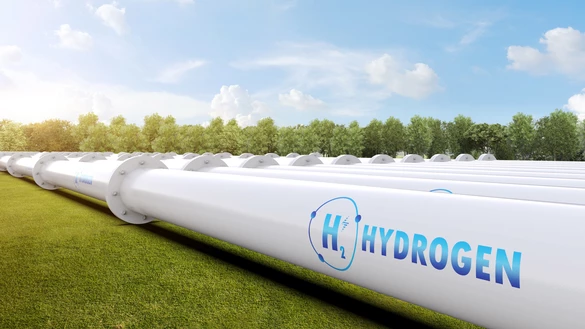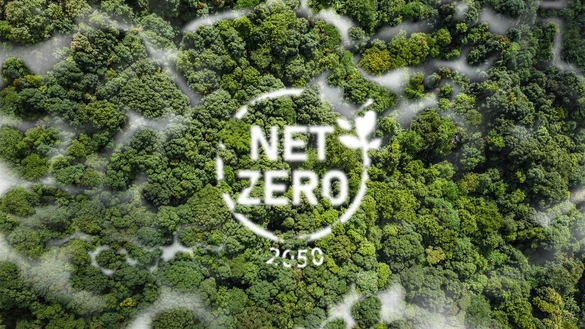National Grid currently captures this condensate using scrubbers that are typically located at compressor stations. When the sump tanks on these scrubbers are full, this liquid is then transferred to a static condensate collection vessel on site, where it’s held until it can be taken away for safe disposal.
These tanks are classed as pressure vessels with various associated equipment that requires regular safety inspections and routine maintenance. Alongside this, the process of transferring the condensate is a lengthy and hazardous task, which involves an element of process safety risk. Two technicians will use complicated pressure reduction equipment and valve sequences to move the high-pressure condensate into the low-pressure tanks. These low-pressure tanks are also large and are rarely used to their intended capacity.
Therefore, working with Premtech, and with support from the Pipelines Maintenance Centre (PMC) and various other Gas Transmission (GT) departments, the team looked for a more practical, cost-effective and mobile solution, which would be based at a central location and transported to site when needed.
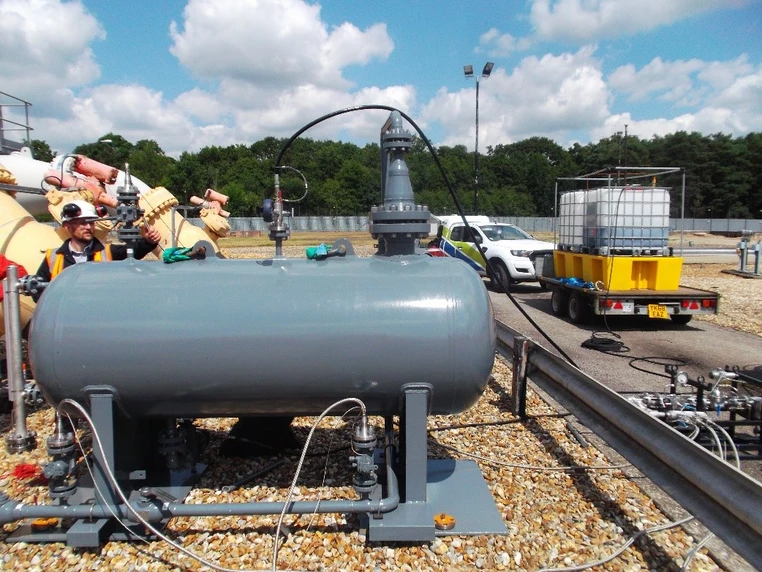
During the project, the team conducted a feasibility study to produce several possible designs for the mobile condensate tank. These designs were reviewed, discussed and reduced, before the final design was selected. It was then built and tested in an environment representative of the NTS.
After this, in August 2021, the solution was tested in a live environment at Kings Lynn Compressor Station, where the condensate was successfully removed, ready for sampling and disposal.
Following this successful trial, the solution will be deployed to other sites in the East area to carry out operations of a similar nature. The team are also looking at whether a fleet of mobile condensate tanks could be used alongside the static vessels on site, to help strengthen future condensate management activities.


